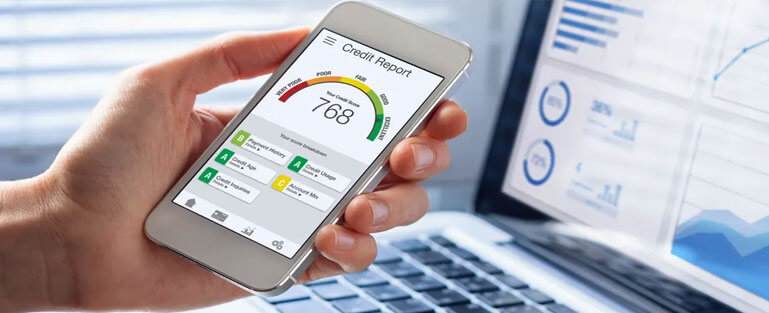
Typically, lenders give such enticing offers to loan applicants during the fourth quarter of the year to increase the number of house loans booked. However, economists do not anticipate more rate decreases at the moment.
In March, several banks and financing companies decreased house loan rates. The UBI Services Limited (UBISL) reduced the minimum interest rate on house loans from 6.80 percent to 6.70 percent in February and March. While most banks reduced their starting interest rates by ten basis points, UBI reduced its minimum home loan rates by twenty-five basis points to 6.65 percent last month. Typically, lenders give such enticing offers to loan applicants during the fourth quarter of the year to increase the number of house loans booked. However, economists do not anticipate more rate decreases at the moment.
When banks choose the interest rate they will charge for loans, they establish a floor below which they will not lend, including the loan cost. Additionally to this benchmark, banks charge what they refer to spread,' which varies by category. This spread is typically greater for riskier loans, such as unsecured loans, and lower for less risky loans, such as asset-backed home loans. The critical point is that these prices were determined internally by individual banks based on their cost model.
The RBI was dissatisfied with the rate at which its rate decreases were transmitted to banks under the previous regime of base rates and even Marginal Cost of Funds based Lending Rates, or MCLR. Transparency was also an issue, as these rates were determined using internally determined benchmarks.
All retail loans are pegged to an external benchmark rate known as the repo rate. When a bank lowers its external benchmark rate, it benefits clients who take out a home loan, a mortgage loan, a car loan, an education loan, a personal loan, or any other retail lending product.
For example, Union Bank of India, the country's third-largest public sector bank, decreased its Baroda Repo Linked Lending Rate (BRLLR) from 6.85 percent to 6.75 percent effective March 15, 2021. The bank's house loan, vehicle loan, personal loan, and education loan interest rates have all decreased by at least ten basis points due to this change to the bank's external benchmark rate.
On the other hand, prospective loan borrowers should not base their borrowing decision on the current interest rate regime. "The majority of retail loans are floating rate loans, and the interest rate regime can change numerous times during the loan term, particularly for home loans and other large ticket loans with lengthy terms," explains Ratan Chaudhary.
Rather than that, loan applicants should broaden their search for loans, choose the best offer available based on their credit histories, make prepayments whenever possible to decrease their overall interest cost, and advise Chaudhary in the borrowers' best interest.